Market Share
Aliphatic Hydrocarbon Market Share Analysis
To gain an upper hand in the market, many companies that operate in the aliphatic hydrocarbon market employ various strategies. Companies specializing in distinct and peculiar products or services are among those which have embraced differentiation as a strategy. In this regard, they come up with new formulations, better ways of production or alternatives friendly to the environment. The main reason is to ensure that they get a unique selling point over their rivals and also lead others in their specific product categories.
The next strategy adhered to by firms operating within aliphatic hydrocarbon industry involves cost leadership. Cost leadership means striving to be low-cost producers among companies dealing about aliphatic hydrocarbons. This approach entails optimizing production processes, cutting expenses on operational activities and achieving economies of scale. Competitive pricing enables them expand customer bases while increasing market shares. However, maintaining an edge over others requires continuous efforts towards efficiency improvement and cost control for cost leadership.
In addition, market share positioning greatly depends on segmentation when it comes to aliphatic hydrocarbon sector . Mostly companies identify needs of certain consumers or industrial verticals and calibrate their products accordingly . This helps capture each segment’s unique requirements leading such organizations to be perceived as authorities within their respective areas of specialization . For instance, recognizing diverse clients’ preferences coupled with building strong business relationships for our targeted segments increases our share in the market.
In order to claim significant portion of the market share within aliphatic hydrocarbons , innovation remains pivotal . Most corporations spend heavily on research and development (R&D) so as to invent new products or refine already existing brands . Such actions will ensure continuity as well as recognition in being pioneers due to evolving tastes amongst buyers . Moreover adopting newer technologies puts these outlets at vantage positions whereby it helps them separate themselves from others hence improving its competitive position through increased shareholder’s equity .
Collaboration is another popular competitive strategy used by players in the Aliphatic Hydrocarbon Market. Such alliances are between producers and their suppliers; wholesalers or even competitors in order to strengthen themselves in their respective industries. Thus, it might mean the pooling of resources; expanding distribution network and venturing into new businesses. The maximum gain is achieved by strategic alliances when one company uses strengths of another one.
This sector maintains a highly competitive state as aliphatic hydrocarbons companies utilize differentiation, cost leadership, market segmentation, innovation, collaboration, sustainability and branding strategies to secure and grow their market shares. The adaptability of such strategies depends on whether a company can withstand changes within the market environment and exceed competitors’ performance through providing goods that satisfy customer demands in this ever growing industry.


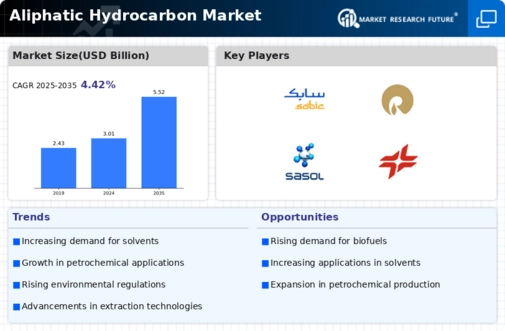
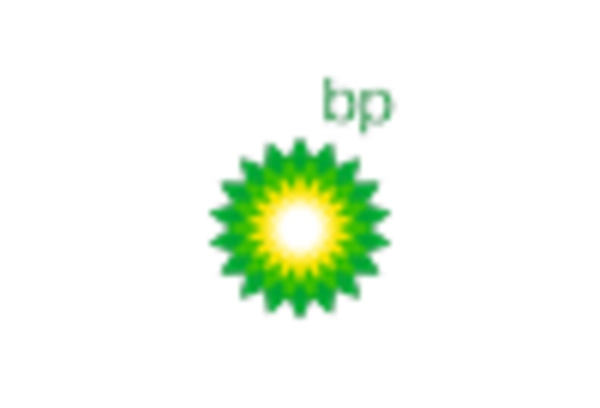
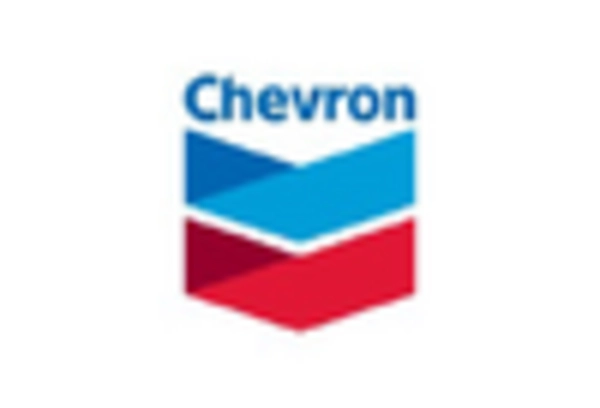
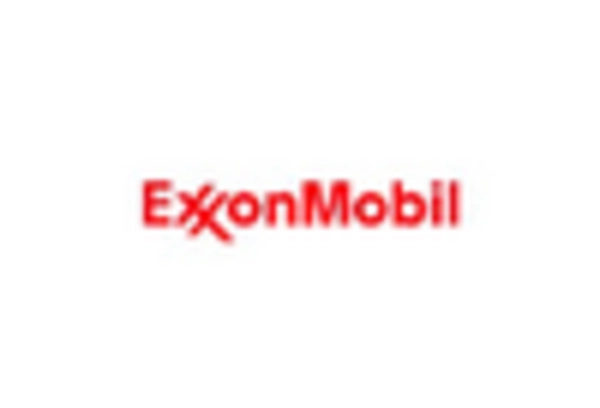
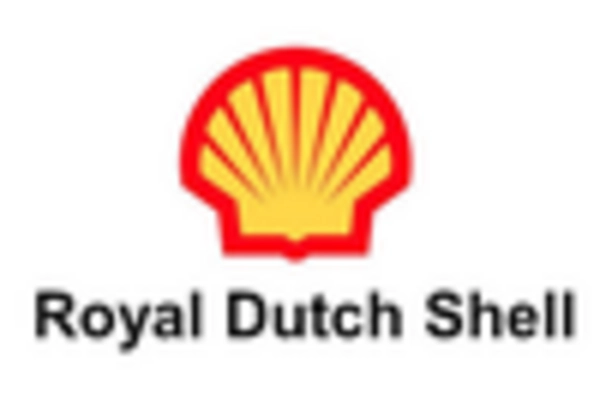
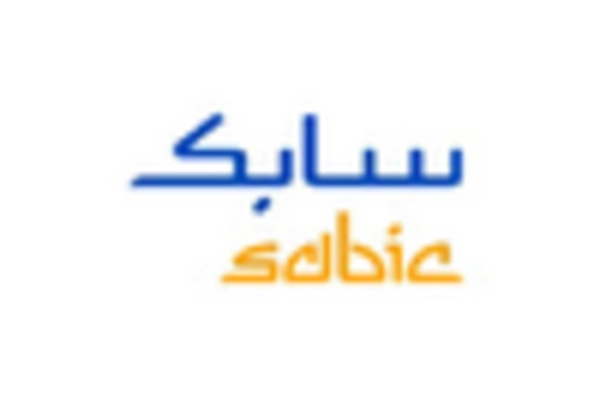
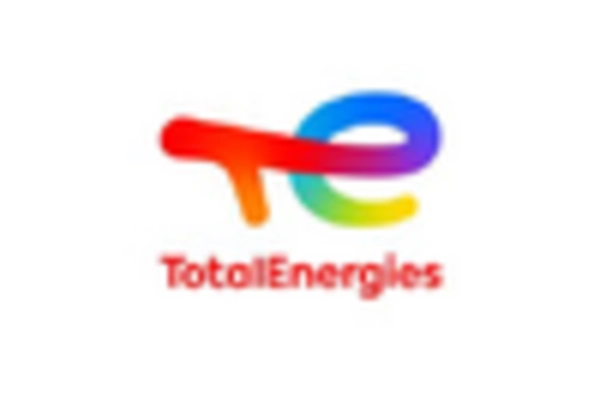









Leave a Comment